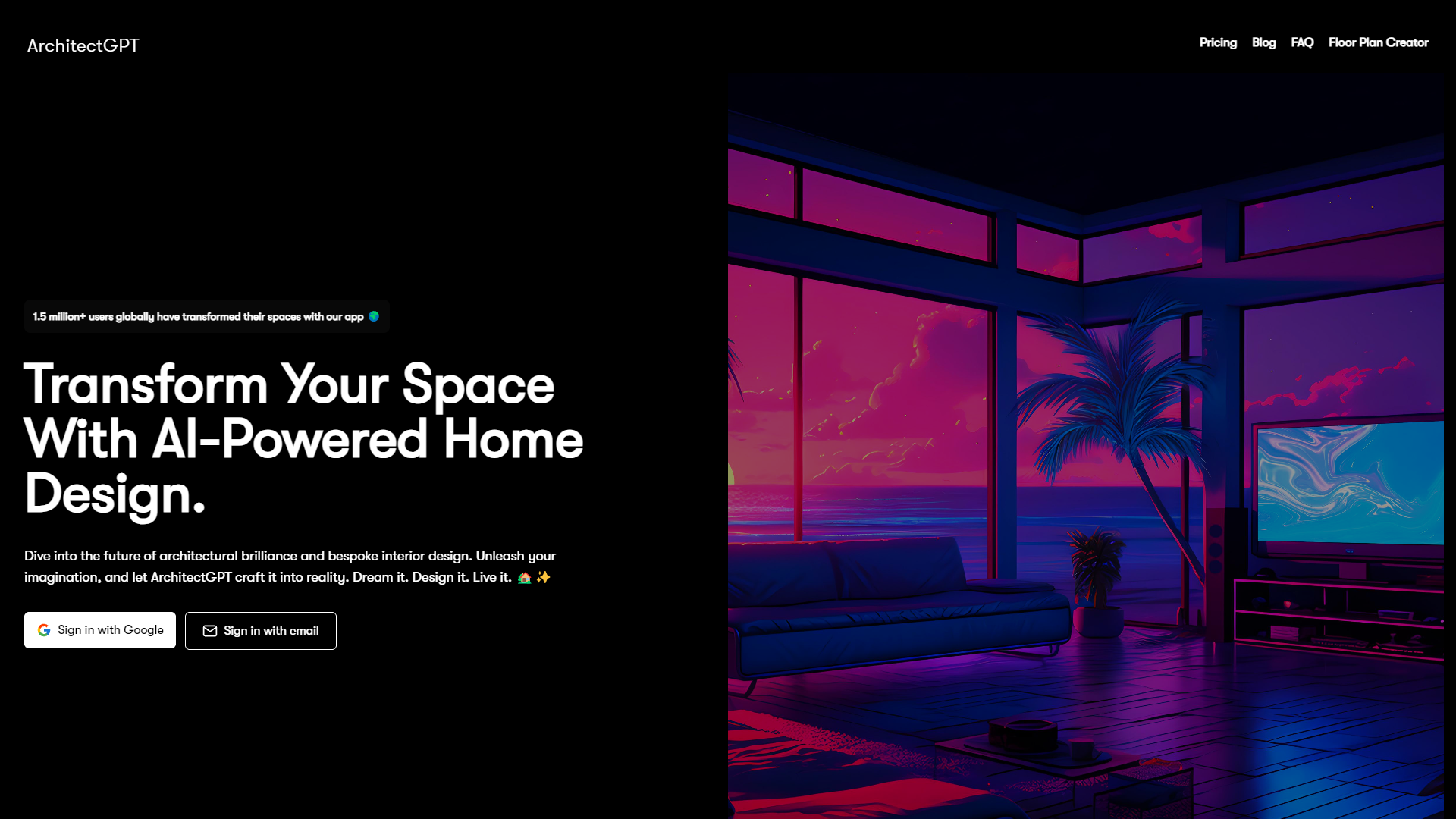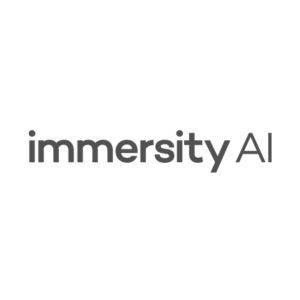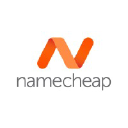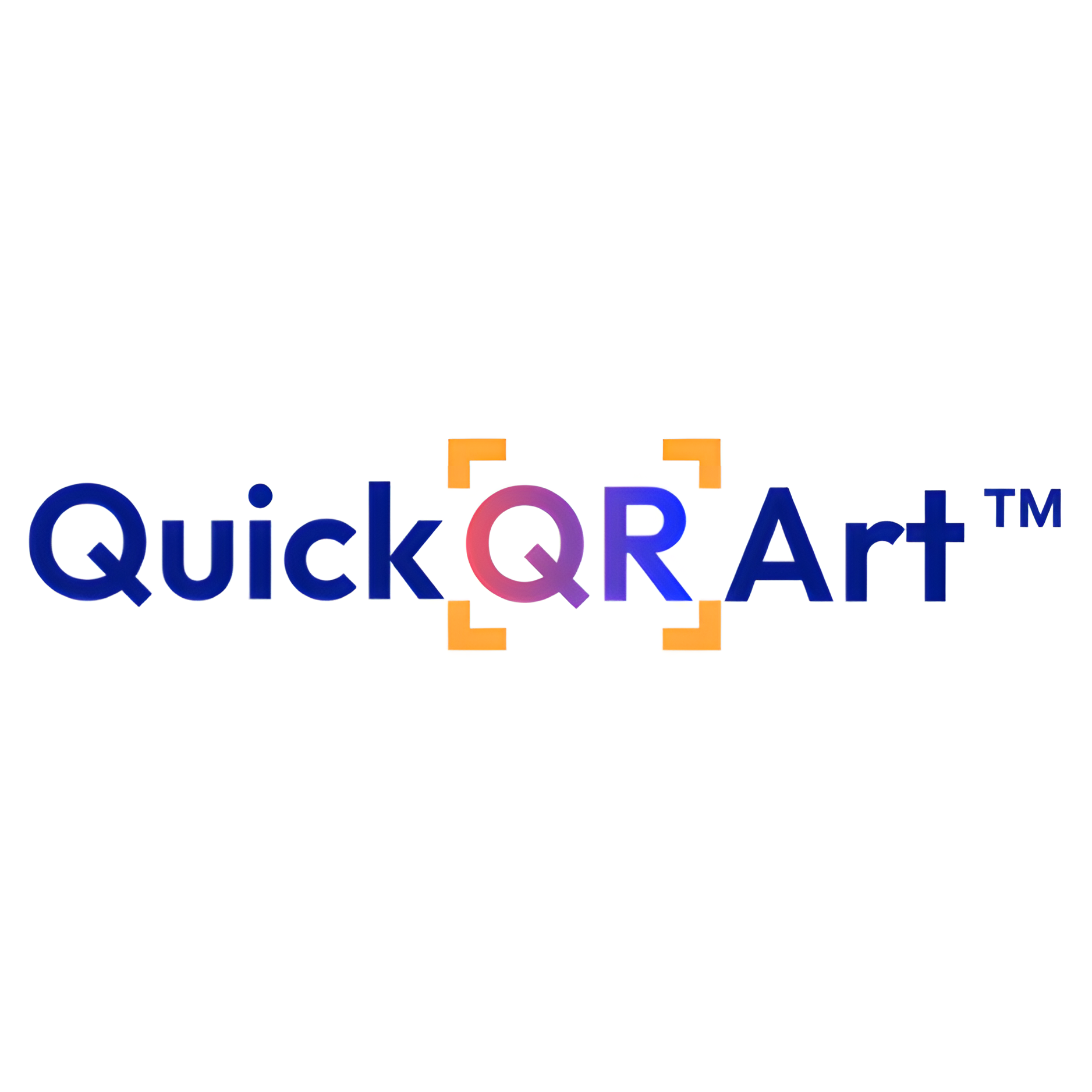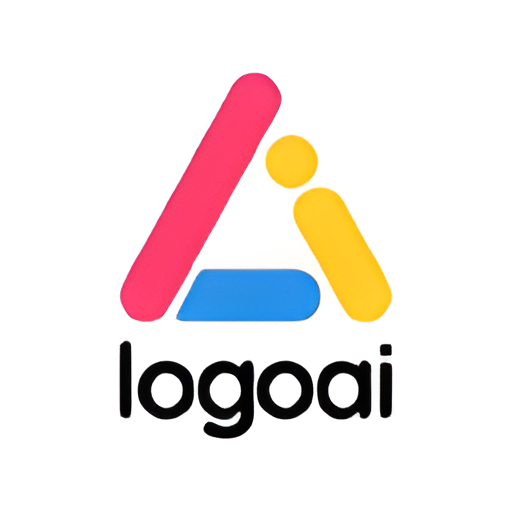Overview
ArchitectGPT is a cutting-edge AI-powered tool designed to transform the way architects, interior designers, and real estate developers approach space design. With a global user base of over 1.5 million, this platform enables users to effortlessly visualize and customize home and commercial spaces. By uploading an image of a space, users can apply various design themes and see their ideas come to life within seconds. The platform offers a range of features including virtual staging, immersive 360 panoramas, and the innovative Sketch To Image technology, which turns sketches into photorealistic images, enhancing the bridge from concept to reality.
ArchitectGPT stands out for its user-friendly interface that allows for on-the-go designing and real-time customization. Users can dictate or type changes, seeing their spaces transformed virtually with high-quality visuals. The tool also provides an extensive collection of curated color palettes and design themes, enabling tailored room customization and inspiring new creative possibilities.
Praised for its ability to streamline project workflows and elevate design quality, ArchitectGPT is recognized as a revolutionary tool in the architecture and design industry, making sophisticated design accessible and efficient. Whether for professional projects or personal renovations, ArchitectGPT equips users with the technology to bring visionary designs to fruition with precision and flair.
Key features
- Virtual staging technology: Allows users to visualize and transform spaces virtually, eliminating the need for physical staging and enhancing design flexibility.
- AI-powered design themes: Offers a variety of design themes that users can apply instantly to visualize different aesthetics and styles in their space.
- Sketch to image conversion: Converts hand-drawn sketches and 3D renders into high-quality, photorealistic images, bridging the gap between concept and reality.
- Customizable room features: Enables users to tailor specific elements of a room, such as layout, furniture, and color schemes, to fit their unique preferences.
- Immersive 360 panoramas: Provides a virtual walkthrough experience with 360-degree panoramic views, allowing users to fully immerse themselves in the redesigned space.
- On-the-go designing: Facilitates mobile-friendly design capabilities, so users can create and modify designs anytime and anywhere, enhancing convenience.
 Pros
Pros
- Real-time collaboration: Allows multiple users to work on the same project simultaneously, facilitating teamwork and speeding up the design process.
- Cost-effective solution: Reduces the need for physical materials and labor by using digital resources, making it a more affordable option for both professionals and homeowners.
- Environmental impact: Minimizes waste associated with traditional staging and renovations, contributing to more sustainable design practices.
- Advanced lighting effects: Users can experiment with different lighting scenarios to see how light affects the mood and appearance of their spaces at different times of the day.
- Scalable project management: Integrates tools for project tracking and management, making it easier to handle multiple projects efficiently and effectively.
 Cons
Cons
- Dependency on technology: Virtual staging and AI-powered tools require consistent internet access and modern hardware, potentially limiting use in low-connectivity areas.
- Learning curve: Users may experience a learning curve with advanced features like sketch to image conversion and customizable room features, which can be complex.
- Over-reliance on visuals: Immersive 360 panoramas and high-quality images might lead users to focus heavily on visual appeal, possibly neglecting practical aspects of design.
- Limited personal interaction: The convenience of on-the-go designing and virtual tools reduces opportunities for in-person collaboration and consultation, which can be crucial for complex projects.
- Creative constraints: While AI-powered design themes provide variety, they might limit creative expression by confining choices to predefined styles and parameters.


